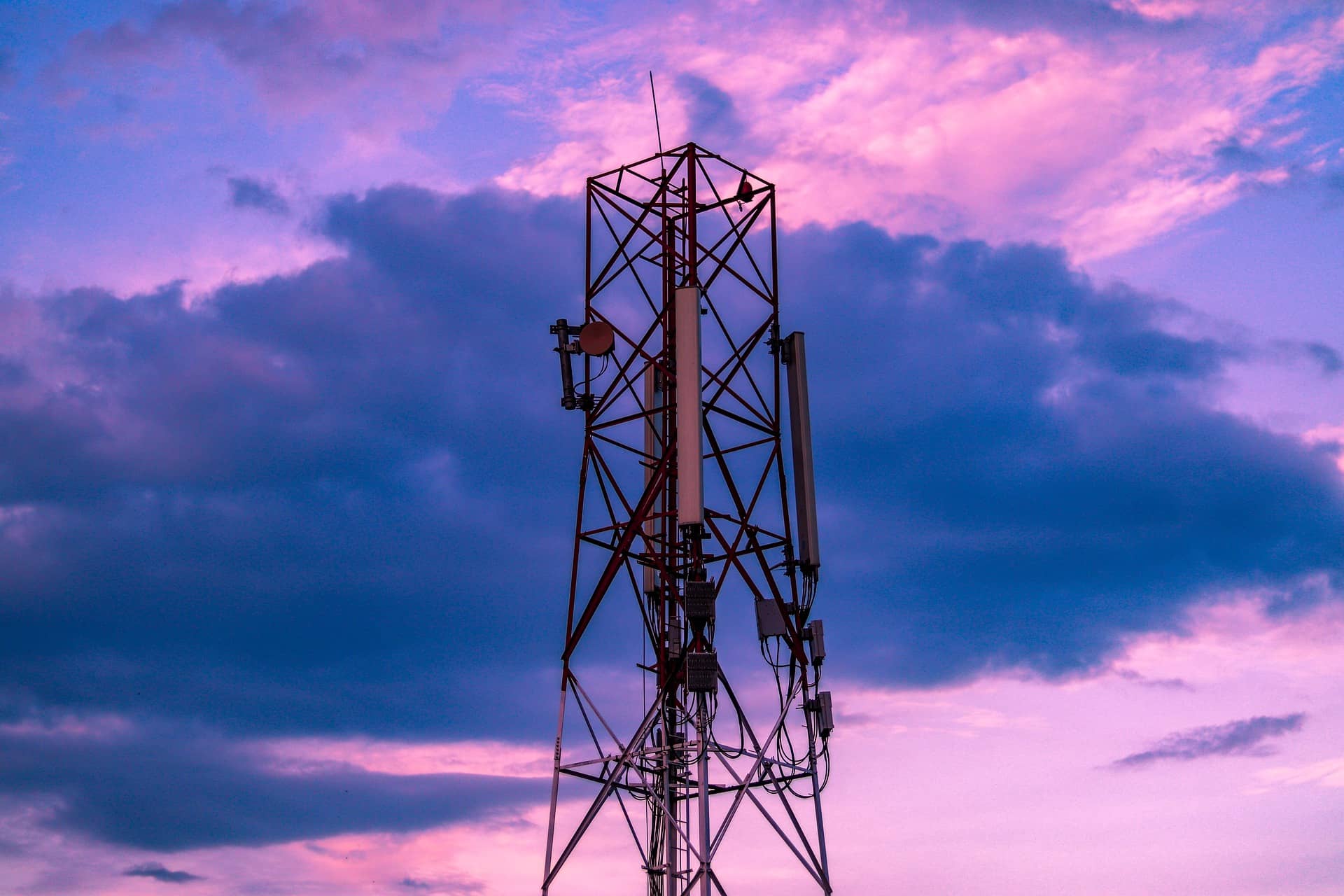
Today, Chilean state-run infrastructure fund Desarrollo País and H2 Cable, a subsidiary of Singapore’s BW Digital, have announced they now seeking a partner to begin work on the Humboldt Cable, a submarine cable system set to link Latin America to the Asia Pacific and Oceania regions for the first time.
The planned Humboldt Cable will span roughly 15,000km as it connects Valparaiso, Chile, to Sydney, Australia. From there, Humboldt will interconnect to other cable systems in Asia.
The initial plans for the system also include provisions deploy additional branches to the Juan Fernández Islands, Easter Island and New Zealand, further diversifying the route…
Today, Chilean state-run infrastructure fund Desarrollo País and H2 Cable, a subsidiary of Singapore’s BW Digital, have announced they now seeking a partner to begin work on the Humboldt Cable, a submarine cable system set to link Latin America to the Asia Pacific and Oceania regions for the first time.
The planned Humboldt Cable will span roughly 15,000km as it connects Valparaiso, Chile, to Sydney, Australia. From there, Humboldt will interconnect to other cable systems in Asia.
The initial plans for the system also include provisions deploy additional branches to the Juan Fernández Islands, Easter Island and New Zealand, further diversifying the route.
Only once the RFP is complete will we have a good idea of the costs of the cable, but early estimates range between $450 million and $650 million.
Currently, all data seeking to travel across the Pacific Ocean from South America must first travel up the continent’s west coast and into the USA, with the most southerly transpacific cables currently coming ashore in California.
Thus, the new Humboldt Cable would provide a much more direct route for South American data traffic across the Pacific, potentially positioning Chile as a major regional connectivity hub. Once completed, Humboldt is expected to carry around 18% of the data traffic between South America and Asia, with studies suggesting this could grow to 28% over the next 25 years.
« We have set an ambitious goal to transform Chile into a digital hub for Latin America, » said Desarrollo País CEO Patricio Rey Sommer. « The project is entering its most challenging stage with the technical definition of the route and schedules for execution now being set, and we have asked that suppliers’ proposals be based on an Open Cable System model. »
The Chilean government calls the Humboldt system “one of the most ambitious projects of the last decades”, suggesting that it will allow for greater investment in Chile and help facilitate the adoption of the latest technologies throughout the country.
“The Humboldt cable is undoubtedly one of the most ambitious projects of the last decades. We are talking about a strategic investment that puts us at the level of what the digital revolution demands and offers us enormous opportunities for the development of an industry with great potential in our country,” said Gloria Hutt, Chile’s Minister of Transport and Telecommunications. “We are sure that through this project we will expand competitive advantages and further promote investment interest in Chile. Along this path we will be able to expand the development of digital solutions such as the Data Center, Big Data and Machine Learning, which will imply multiple economic benefits that will have a direct impact on the quality of life of Chileans.”
« The Humboldt cable is going to represent enormous growth in terms of the links and capabilities of the region to cooperate and develop joint research capabilities with research and education networks located in Asia, » explained Luis Cadenas, executive director of RedClara.
There is also a suggestion that the Humboldt Cable could be extended to Antarctica, in order to support the scientific communities located on the continent. Currently these communities are primarily delivered connectivity via very-small-aperture terminal (VSAT) satellite systems, which access geosynchronous or geostationary satellites to relay data. However, as the volume of data being handled by the station’s increases, these VSAT will begin to be unfeasible.
Naturally, there is a geopolitical element here too. Antarctica has been designated as a neutral scientific preserve since the 1960s, with long-term research staff present on the continent from 29 countries at any one time. Chile, with its close proximity to the continent, exerts considerable influence over the region, something that would be significantly increased if Chile could become the thoroughfare for the continent’s scientific data to reach the rest of the world.
Also in the news:

